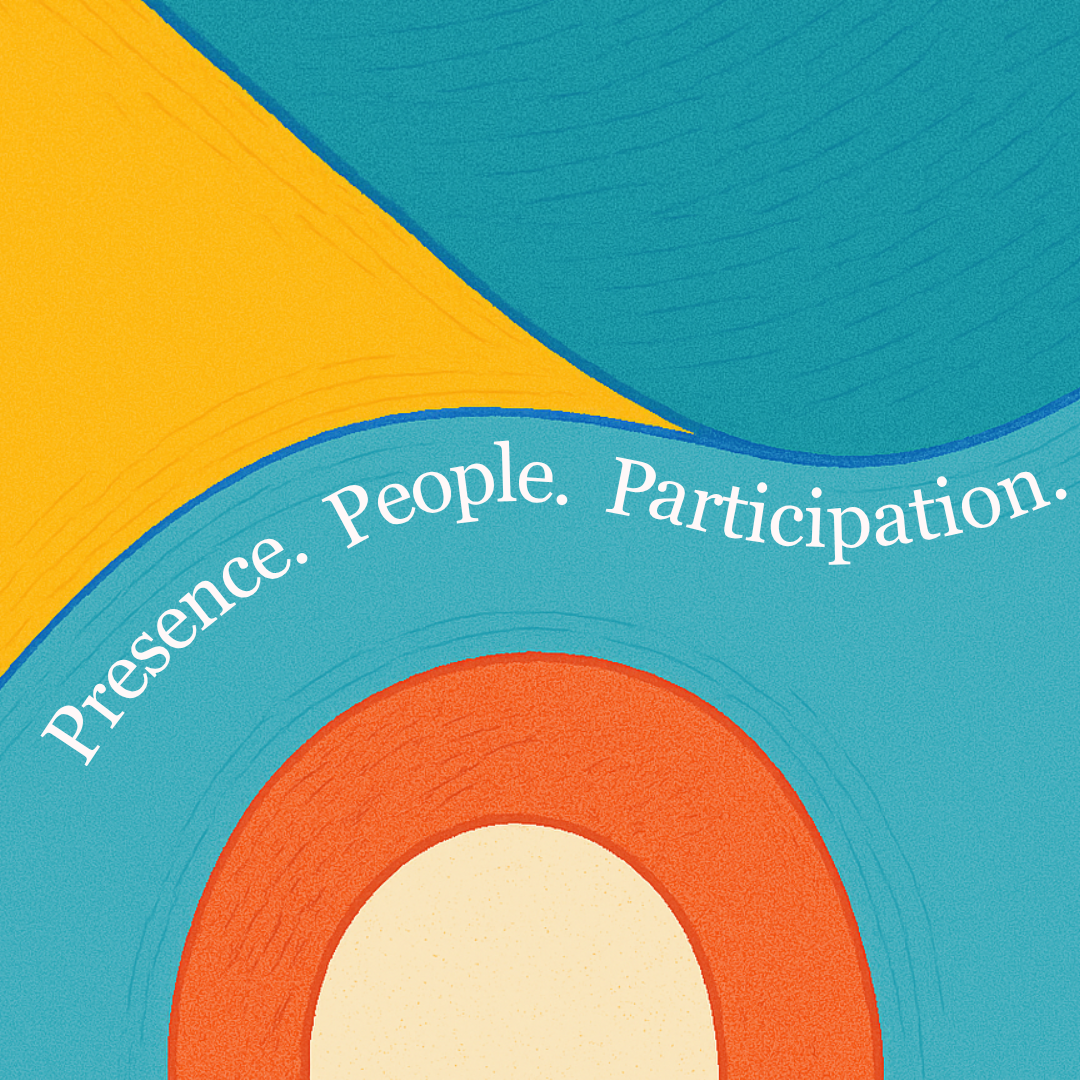This idea was first introduced in our newsletter. This is the expanded version with a vendor evaluation workflow and a deeper exploration of the topic.
The 2025 State of Marketing Report by The Marketing AI Institute found that 68% of marketers have received zero AI training.
That's not surprising. It's frustrating.
If you haven't had training, you haven't started adoption. Success comes from practice, feedback, and application. Missing even basic training signals deeper problems.
But it's not just about that stat. It's about the assumption: That training leads to success.
That just isn’t the case. In fact, we think there is something more significant happening: a lack of confidence in investing in people. The real pattern looks more like this:
Poor training → Low application → No clear ROI → Less willingness to invest → No training → Zero adoption.
No one’s happy with how this is going not leaders, not teams. And you have? No results. Missed opportunity and people pretending they’ve got it handled.
We’ve Been Here Before
This same pattern happened with other digital skills and tools. It happened with your CRM. It happened with LinkedIn. It happened with every other system that provides training videos and courses.
Employees asked for the courses. You gave the access. And then? Most of them never opened a thing or they clicked through like they were taking a continuing education course.
Traditional training alone is foundational at best. Alone, it might be the problem, not the solution.
We've treated adoption like a compliance exercise: Assign the course, track completion, declare success. But the skill never came. Technology adoption is not a check-the-box activity.
Your Work Needs to Change First
Most people aren’t struggling with AI because they lack access to great content. They’re struggling because how they work hasn’t shifted.
To expect your team to stop what they are doing to make a better workflow as they are managing multiple inbound requests, balancing meetings, and deliverables, with all the other requests and noise of life is naive.
You can see this everywhere: Time wasted reformatting docs. Features that would drastically improve a workflow sitting unused. Teams are frustrated by tools they “should” know how to use.
Look at this simple workflow to past from markdown from ChatGPT to Google Docs. Saves your hours of formatting.

If we can’t get people to use simple technology, how do we expect them to adopt generative AI?
You’re not just wasting time. You’re bringing in major risks to your business and every employee’s careers.
Here's What Actually Works
At Intero, we’ve know what does work from our data. Look at our in:side community, we launched self-paced courses—beautifully designed, rich in content, full of action steps.
The thought behind it: our clients asked for something at a retail price point, that they could do at their own pace. For us, a recurring revenue stream.
Guess what happened?
The self-paced courses were barely touched. Click-throughs? Sure. Completion? Sometimes. Application? Rare.
Yes, we went and evaluated members who completed the courses on LinkedIn to see if some of the basics were applied.
In in:side we ran live group coaching sessions, and the same people who had ignored the courses were suddenly building. Asking questions. Iterating together. Doing something with the content.
Same content. Different environment. Very different outcome.
This is the shift: from access to application. From static training to active learning.
When People Actually Learn
Recently, we had a session with the simple goal of learning how to leverage Sales Navigator under time constraints.
By the end of the hour, the participant knew how to use AI to create boolean strings and search filters. They also had working sales triggers set up to tell them when something important happened at client and prospect accounts.
Here is an example of a sales trigger I have for Intero clients:
This wasn't a lesson. It was work, in real time.
Could you imagine if we just sent them a general recording of how to do this? They would not have the same outcomes.
This kind of practical skill is what changes careers, teams, and businesses.
This is exactly why we've expanded our work with Jim Cusick , founder of Spark Seneca and former Intero team member. His approach takes these individual moments of transformation and builds them into a systematic method for adoption.
A Framework That Works
Jim’s method? It’s simple.
To use AI well, know what you're asking, what it's drawing from, which model you're using, and how to refine or automate the output.
Here is a quick example of how Jim suggests evaluating a vendor’s work with AI:
- Know what you're after Be clear on the goal — quality, fit, gaps, etc. AI can’t help if you’re vague.
- Give it context Share past vendor experiences, challenges, sample work, case studies — anything that sharpens the ask.
- Pick the right model For multi-step thinking, use o3 in ChatGPT or another “reasoning” model.
- Don’t stop at one prompt Treat it like a conversation. Refine until the output is useful.
- Keep it manual This isn’t worth automating. Use AI to explore, not to decide.
That little workflow could help every single person reading this blog. That is the type of know-how you need.
His Spark AI Adoption framework, which we helped shape, defines stages from Skeptical to Key Users. But more importantly, it focuses on developing practical skills.
Jim believes that every function of the business needs to have at least one refined or key user. Someone who knows how to use AI well.
And that’s what we’re trying to help everyone do. We think LinkedIn as the use case is the perfect way to get results and test AI capabilities.
Don't Scale What's Broken
Yes, scalable training is efficient. It looks good on paper.
But does it work?
Here’s the real issue:
If the training doesn’t lead to behavior change, scaling is wasteful.
You can spend heavily on tools, platforms, and course libraries. But if people aren’t learning anything useful — or applying it — that money isn’t well spent. It’s waste that grows with every license and rollout.
What Makes Teams Better
Improvement means:
- People know how to do their jobs better.
- They can learn what they need, when they need it.
- The material is short, clear, and relevant.
- There’s someone keeping it updated and tied to what works.
Scaling is fine — but only after you’ve built something worth scaling.
So What Should You Be Asking?
Stop asking, “Have we trained the team on AI?”
Start asking:
- “Where are people applying AI in ways that actually matter?”
- “Which workflows have changed—not just sped up—because of AI?”
- “Who’s building new capability for others, not just themselves?”
- “Do we have an environment that encourages experimentation, iteration, and shared learning?”
Because that’s how you will see real adoption.
This Isn’t Just Another Tool
It’s easy to feel like AI is one more thing on the pile — more software, more time, more confusion.
But it’s not just a tool. It’s a shift in how we work.
We’ve seen what happens when people start using it — not as a side project, but in their day-to-day. We’ve watched non-technical folks build working apps in a half-hour call. We’ve seen teams create things they couldn’t before, get clarity faster, and rethink how they deliver.
And this isn’t just for tech-forward companies. Sales, ops, marketing, customer teams, leadership — every function has room to improve. Even if it’s just using AI to think more clearly or move more quickly.
The more complex your business is, the more AI can help.
Time to Choose
It's been over 900 days as of this writing since ChatGPT made AI accessible to everyone. Yet most teams are still stuck at "interesting tool" instead of "essential to my work."
Remember that vendor evaluation workflow? Five simple steps that transform a complex process. That's what AI adoption looks like: small, practical changes that compound into significant impact.
Your teams could be doing this right now—not just with vendors, but with every aspect of their work. Whether you start with Intero, with someone else, or DIY, what matters is starting. Not with broad training programs, but with focused, practical applications that prove value immediately.
Success with AI isn't about budget or technology. It's about doing rather than planning.








